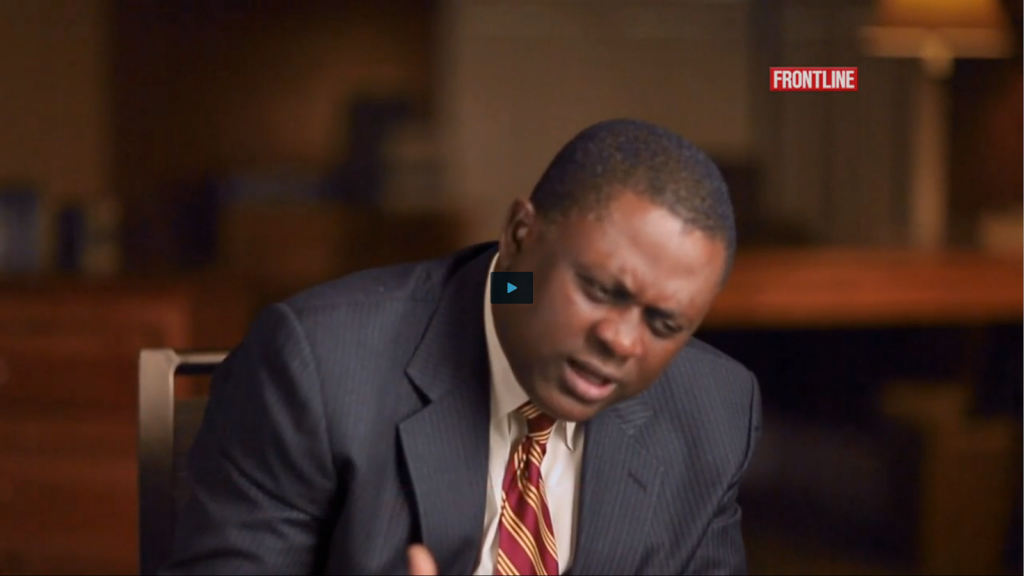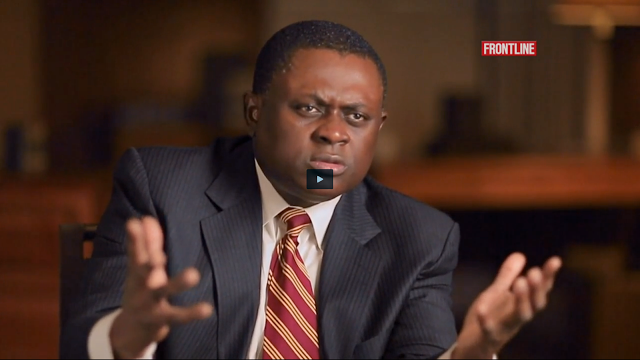I recently participated in a discussion on PentaxForums where members noted Canon’s apparent dominance in DSLR video. The premise was that while Panasonic gets a lot of attention online for their GH line of cameras, most people encountered in the real world are shooting with Canon DSLRs at the center of their rigs. It’s something that I’ve noticed as well; I don’t recall ever seeing someone shooting video with a GH1, GH2, or GH3 out in the wild. It must be, among other things, the allure of the larger sensor available in Canon DSLRs, from APS-C to 35mm full frame.
We love our depth of field (or lack of it, actually), don’t we? Along with 24 frames per second, it’s part of that (oversimplified) secret sauce that gives us that magical “filmic” look. Give me a 35mm full frame sensor, 24FPS, and a 180 degree shutter and I’m freakin’ Francis Ford Coppola!
But there’s a little talked about downside to that razor-thin DOF, it’s a right pain in the arse to work with, particularly with human beings that move in sometimes unexpected ways. I notice this when interviewing subjects with the GH2 and manual focus lenses. Interview starts and the subject’s nice and sharp. But get to the pivotal point in the storytelling where the subject leans in, leans back, or just talks with their hands, and I’m squinting at the external EVF’s focus peaking to make sure that the subject is still in focus. And this is with a Micro Four-Thirds sensor that’s tiny compared to the behemoth in the popular Canon 5DIII.
The stars must be in some sort of alignment because the very next day I was watching a snippet from a PBS Frontline documentary and saw the PBS documentarians facing the very same challenge. “League of Denial” is an investigative report covering the relationship between playing football, brain trauma known as CTE (Chronic Traumatic Encephalopathy), and the NFL. It’s got PBS’ typically high standards for content and production, yet even they struggle with not enough DOF.
There’s no way to embed the video, but click on this link, scroll to the bottom, and watch the video. Pay particular attention to the interview segments with Dr. Bennet Omalu, one of the pivotal figures in the story. From a production perspective, the lighting is good, the audio is good, and the background is pleasingly blurred. And Dr. Omalu is a compelling interview. But Dr. Omalu moves around a bit, and at pivotal points in the story, he’s out of focus. His tie and his collar and pinstriped suit look good, but when he leans in, his face is soft. Some of it may be motion blur, but to these eyes he’s leaning out of the focal plane. In other shots, he’s gesticulating with his hands in front of him and they are soft too.
 Still from PBS Frontline Documentary “League of Denial” |
It’s a shame that this happened. I feel for the production crew because I’ve made the same mistake. Unfortunately, this is not a situation where you can cover up the blur with some well-time B-roll; if anything, you’d want a tight shot of Dr. Omalu during some of this. Alas, PBS produced a really nice documentary but missed focus for a couple of pivotal seconds. It doesn’t take away too much from the impact, but it just goes to show that razor thin DOF is unforgiving.

